
LOADING ...
In response to evolving domestic opinion, eMedals Inc has made the conscious decision to remove the presentation of German Third Reich historical artifacts from our online catalogue. For three decades, eMedals Inc has made an effort to preserve history in all its forms. As historians and researchers, we have managed sensitive articles and materials with the greatest of care and respect for their past and present social context. We acknowledge the growing sentiments put forth by the Canadian public and have taken proactive actions to address this opinion.
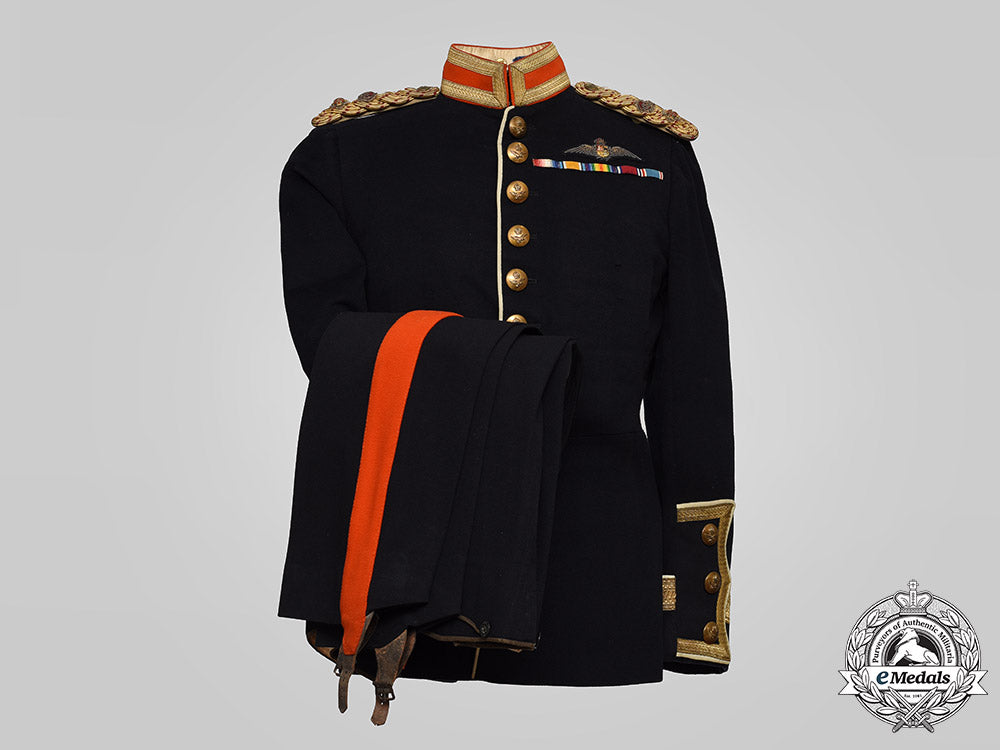
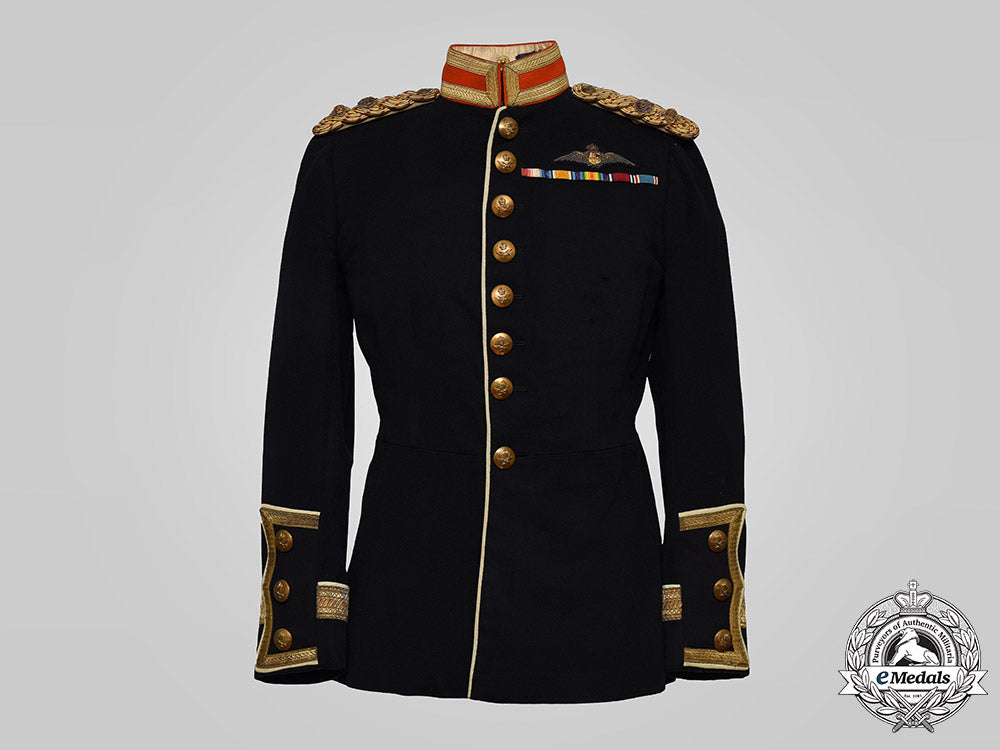
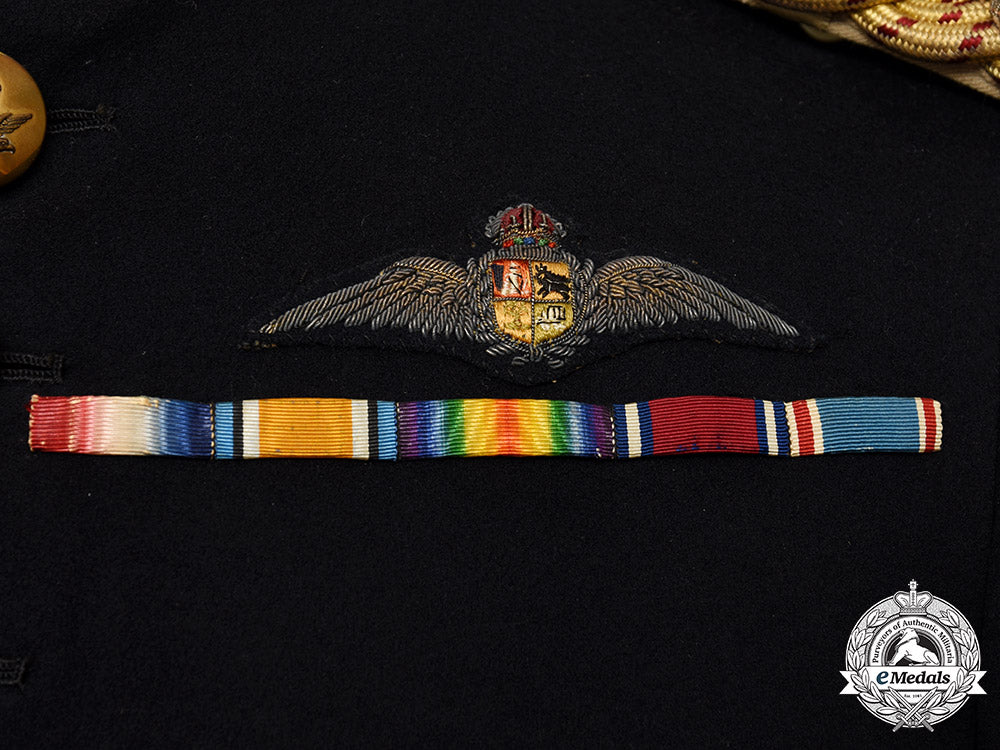
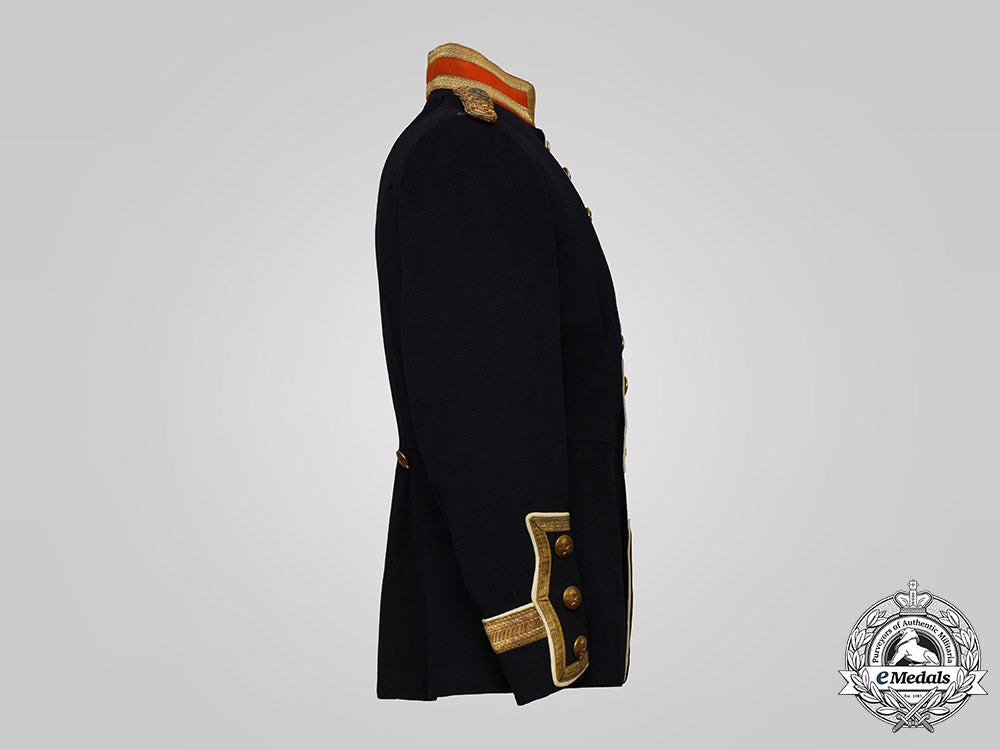
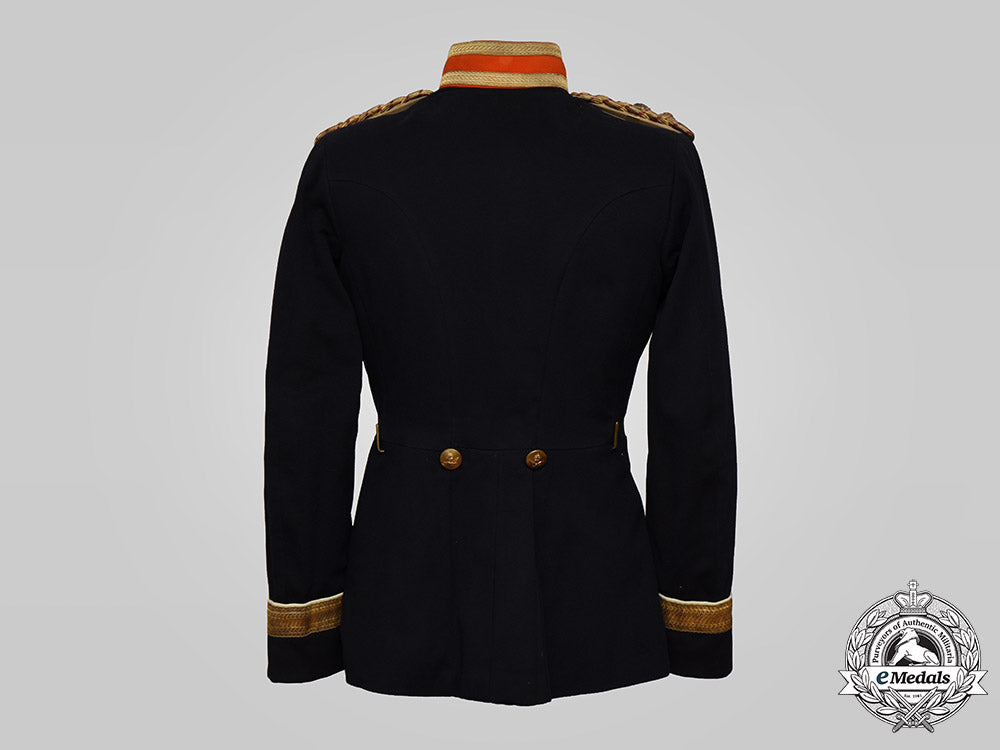
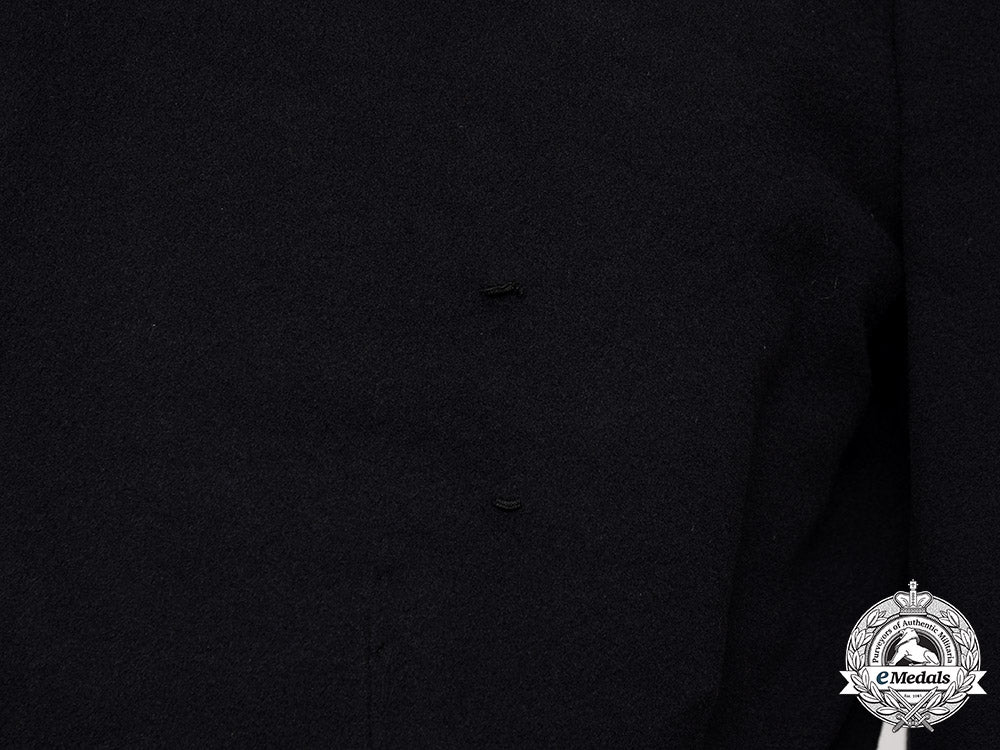
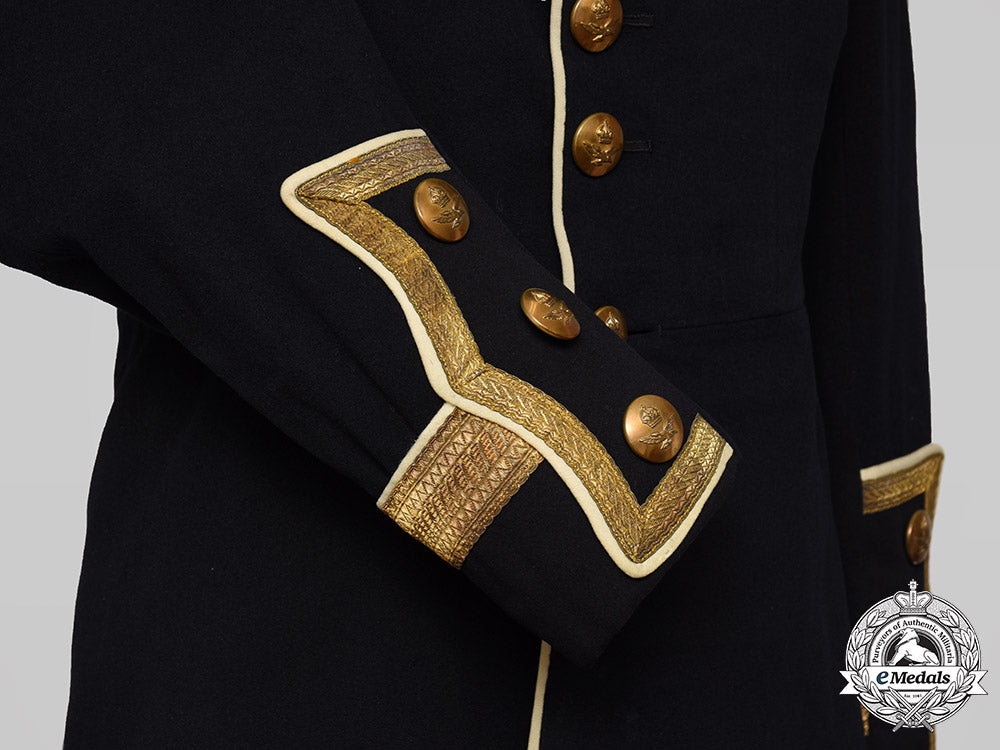
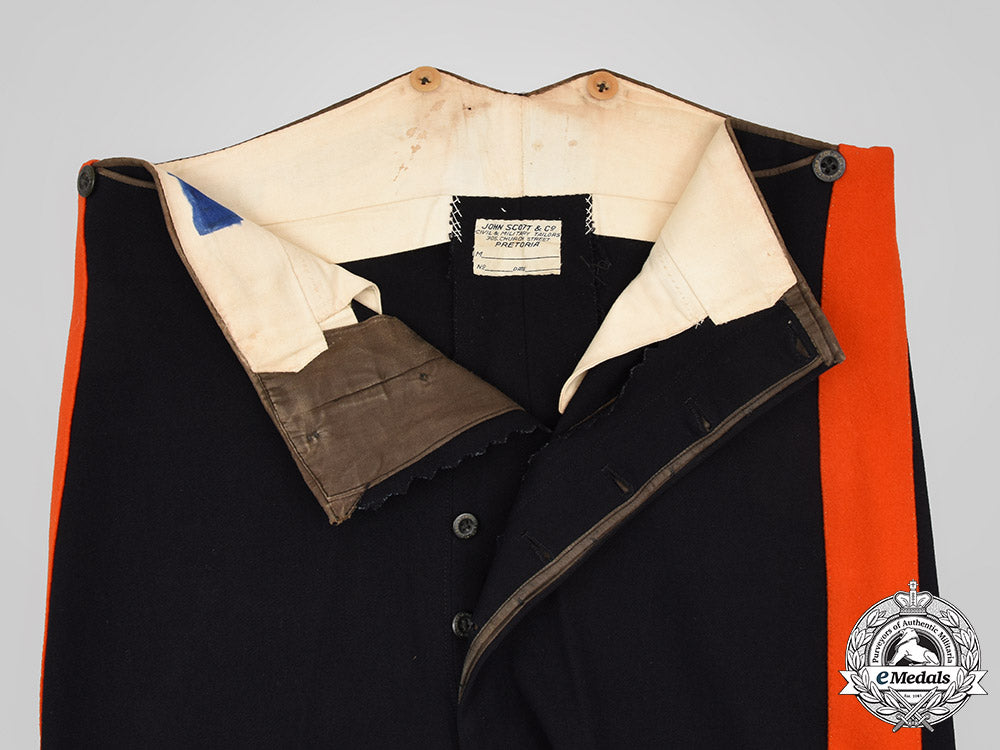
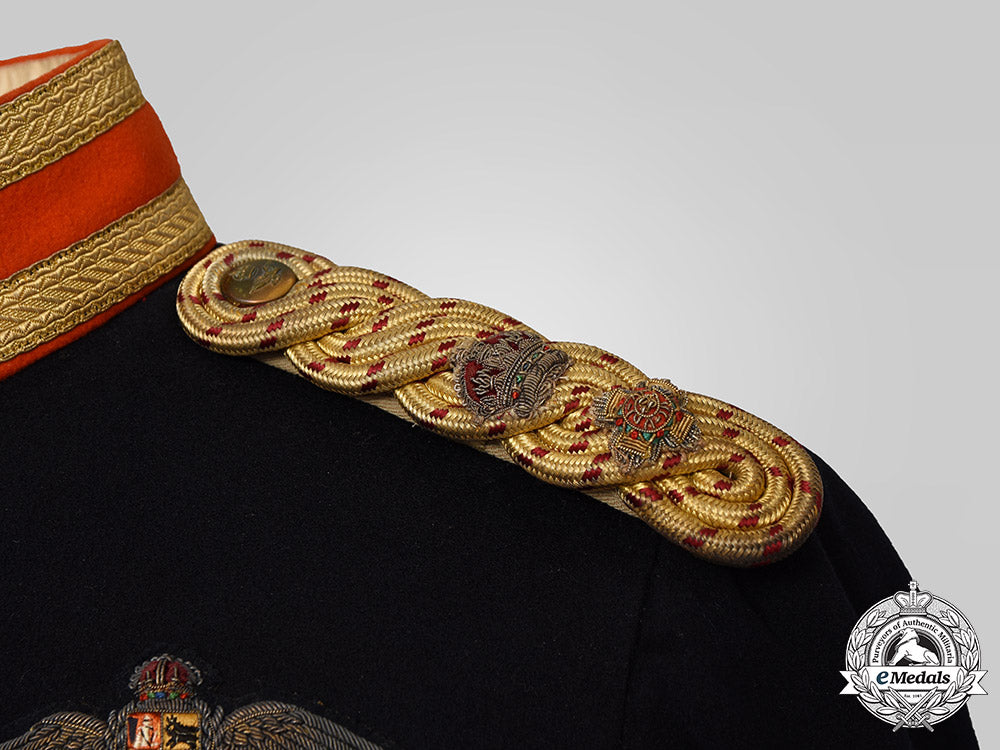
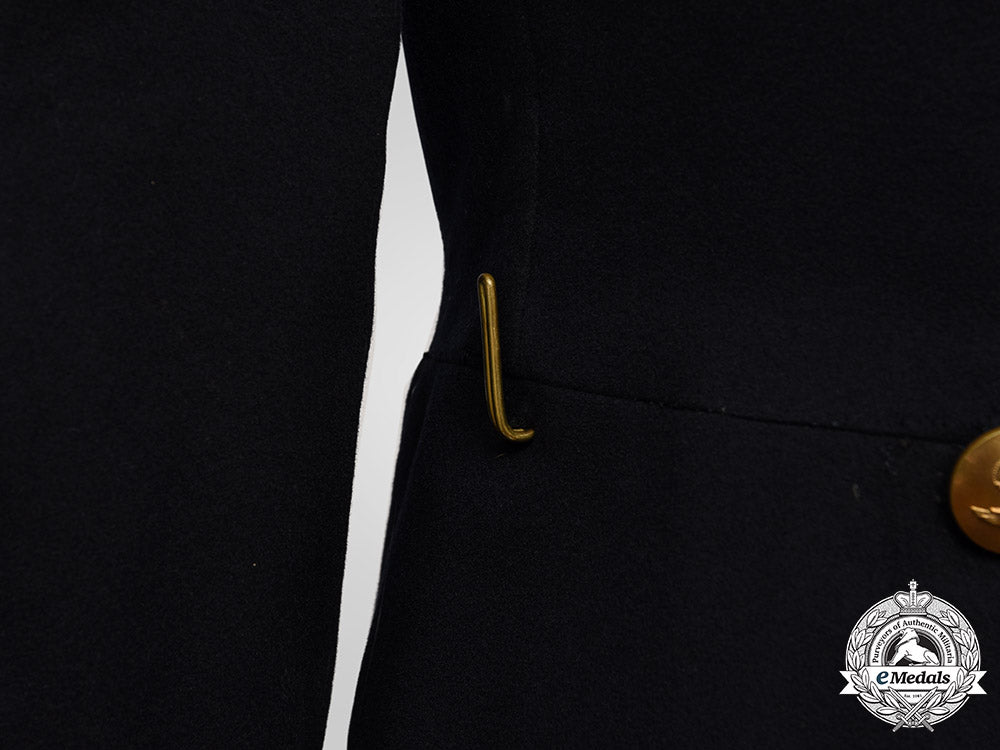
South Africa. A Pre-World War Ii Air Force (Saaf) Dress Uniform, Colonel Sir P. Van Ryneveld
South Africa. A Pre-World War Ii Air Force (Saaf) Dress Uniform, Colonel Sir P. Van Ryneveld
SKU: ITEM: W6848
Current Bid:
Your Max Bid:
Bid History:
Time Remaining:
Couldn't load pickup availability
Shipping Details
Shipping Details
eMedals offers rapid domestic and international shipping. Orders received prior to 12:00pm (EST) will be shipped on the same business day.* Orders placed on Canadian Federal holidays will be dispatched the subsequent business day. Courier tracking numbers are provided for all shipments. All items purchased from eMedals can be returned for a full monetary refund or merchandise credit, providing the criteria presented in our Terms & Conditions are met. *Please note that the addition of a COA may impact dispatch time.
Shipping Details
eMedals offers rapid domestic and international shipping. Orders received prior to 12:00pm (EST) will be shipped on the same business day.* Orders placed on Canadian Federal holidays will be dispatched the subsequent business day. Courier tracking numbers are provided for all shipments. All items purchased from eMedals can be returned for a full monetary refund or merchandise credit, providing the criteria presented in our Terms & Conditions are met. *Please note that the addition of a COA may impact dispatch time.
Description
Description
A navy blue tunic with a red wool Mandarin-style collar with gilt trim around the edges, the collar has two hooks and two loops for closure, the centre right bears eight gilt brass shank buttons bearing the image of a crowned flying albatross, the reverse are marked “FIRMAN LONDON”, between the bottom two buttons are two metal hooks which attach to two metal loops on the interior left side of the garment, the centre left bears eight corresponding stitched reinforced buttoning holes, the centre left and right edge is piped with white fabric, the waist at the bottom button is horizontally stitched for attitional structure and vertically stitched 120 mm upwards twice on both the left and right panels, the left panel bears a bouillon SAAF wing, hand embroidered and the centre shield represents the four main ethnic and geographic regions of South Africa, below is a five place ribbon bar consisting of a 1914-15 Star, a British War Medal, a Victory Medal (South Africa), a King George V Silver Jubilee Medal and a 1937 King George VI Coronation Medal, measuring 165 mm (w) x 10 mm (h), halfway down the left panel are two stitches which medals may have been removed from the tunic, the shoulders bear shoulder boards consisting of white bases with gilt cord and red striped throughout, with two bullion thread shoulder board ciphers per board, one of a crown with red, blue and green detailing, the other a bullion rank pip with red, green and blue detailing, shoulder boards are fastened to the garment with a reverse strap and a gilt brass button, the sleeves bear three gilt brass shank buttons with the image of the crowned flying albatross, and are within a three pointed gilt trim with white piping and a horizontal strip of gilt trim and white piping, the reverse is stitched for additional detail and structure, the centre waist bears two gitl brass shank buttons with the crowned flying albatross and the waist at the back left and right sides bear a metal hook for a sword belt, the interior collar is lined with cream coloured fabric and bears four gilt attachment snaps, the left side bears a strip of navy felt, the interior body is lined with black fabric and the left interior panel bears a breast pocket with the label reading “HUMPHREYS & CROOK LTD 3 HAYMARKET S.W.I” in blue ink and hand written “2. 29 COL. SIR P. VAN RYNEVELD” in black ink, the sleeves are lined with cream coloured fabric, measuring 460 mm (across shoulders), 645 mm (shoulder to cuff) and 720 mm (total length); with navy blue pants, the outside of the left and right legs bear a single red stripe from waist to cuff, the waist is piped with grey fabric and is structured to have four points around the circumference, the front waist bears four black four-holed flat buttons marked “JOHN SCOTT & CO PRETORIA”, the left and right waist bear a shallow grey piped pocket, the bottom cuffs of the pants bear brown leather stirrups, one strip bears a standard metal buckle, the other strip bears four punched buckling holes, the pants do up in the centre front with six black four-holed flat buttons marked “JOHN SCOTT & CO PRETORIA” on the right side and the left side bears six corresponding stitched reinforced covered buttoning holes, the interior waist is lined with cream fabric and the back bears two cream coloured four-holed flat buttons, with an unmarked label reading “JOHN SCOTT & CO CIVIL & MILITARY TAILORS 305 CHURCH STREET PRETORIA”, measuring 435 mm (waist), 720 mm (inseam) and 1105 mm (outseam), in near mint condition.
Footnote: This South African Air Force Dress Uniform is rare as the numbers of men in the force prior to World War Two was limited and the men who were in it prior did not have the need to own or wear this uniform. Furthermore, the uniform was costly to make and many men did not have extra funds to spend on such items so dress uniforms were often rented for special occasions. The uniform would have been worn with patent black leather boots and white gloves. The tunic would have been worn with a sword belt/sash and a sword. Uniforms such as this stopped being worn as World War Two broke out.
Colonel Pierre van Ryneveld (born Hesperus Andrias van Ryneveld) was born on 2 May 1891 in Senekal in the Orange Free State province of South Africa. Educated at Grey College School in Bloemfontein, South Africa, van Ryneveld also went to London to train as an engineer and entered the Royal Flying Corps in 1915 as a pilot and served for the duration of World War I as a war pilot in France and the mid-East. It was during the war that he distinguished himself as a fighter ace.
In 1919, General Jan Smuts recalled van Ryneveld from Cologne where he was serving as squadron commander. Smuts, Prime Minister of the former Union of South Africa, wished for South Africa to establish its own air force and selected Colonel van Ryneveld for the job. On 1 February 1920, van Ryneveld was appointed as the Director of Air Services and was given instructions to form an air arm that would be part of the army. He did not agree with the idea and fought against it. He eventually won and formed the South African Air Force (SAAF) as an independent unit of the army. In June 1920, the first recruit of the SAAF was sworn in.
In 1929, van Ryneveld became the commanding officer at Robert’s Heights (Thaba Tswane) and Commandant of the S.A. Military College, but maintained his position as Director of Air Services. On 30 April 1933 the position of Director of Air Services was abolished and the following day van Ryneveld was promoted to Brigadier General and appointed Chief of the General Staff. The SAAF remained under van Rynveld’s direct control until 30 June 1939.
In September 1939, van Ryneveld proposed the formation of a Mobile Field Force that was intended to be made of two infantry divisions, a mounted brigade and an armoured regiment. With supporting artillery and coastal defence forces, 140,000 men would be required. The plan was never formally accepted but was the basis for a later mobilization and force structure. In October of the same year, van Ryneheld approved a plan known as the Peace Expansion Scheme, under which a total of 720 aircraft were acquired - 336 of which were fighter craft.
Van Ryneveld retired on 2 May 1949. He was highly decorated: Knight Commander of the Order of the British Empire, Order of the Bath, Companion Order of the Bath, Distinguished Service Order, Military Cross, 1914-15 Star, British War Medal, Victory Medal (South Africa), Africa Star, War Medal 1939-1945, Africa Service Medal (WWII), King George V Coronation Medal, and King George VI Coronation Medal. van Ryneveld died on 2 December 1972 in Pretoria, South Africa.
Description
A navy blue tunic with a red wool Mandarin-style collar with gilt trim around the edges, the collar has two hooks and two loops for closure, the centre right bears eight gilt brass shank buttons bearing the image of a crowned flying albatross, the reverse are marked “FIRMAN LONDON”, between the bottom two buttons are two metal hooks which attach to two metal loops on the interior left side of the garment, the centre left bears eight corresponding stitched reinforced buttoning holes, the centre left and right edge is piped with white fabric, the waist at the bottom button is horizontally stitched for attitional structure and vertically stitched 120 mm upwards twice on both the left and right panels, the left panel bears a bouillon SAAF wing, hand embroidered and the centre shield represents the four main ethnic and geographic regions of South Africa, below is a five place ribbon bar consisting of a 1914-15 Star, a British War Medal, a Victory Medal (South Africa), a King George V Silver Jubilee Medal and a 1937 King George VI Coronation Medal, measuring 165 mm (w) x 10 mm (h), halfway down the left panel are two stitches which medals may have been removed from the tunic, the shoulders bear shoulder boards consisting of white bases with gilt cord and red striped throughout, with two bullion thread shoulder board ciphers per board, one of a crown with red, blue and green detailing, the other a bullion rank pip with red, green and blue detailing, shoulder boards are fastened to the garment with a reverse strap and a gilt brass button, the sleeves bear three gilt brass shank buttons with the image of the crowned flying albatross, and are within a three pointed gilt trim with white piping and a horizontal strip of gilt trim and white piping, the reverse is stitched for additional detail and structure, the centre waist bears two gitl brass shank buttons with the crowned flying albatross and the waist at the back left and right sides bear a metal hook for a sword belt, the interior collar is lined with cream coloured fabric and bears four gilt attachment snaps, the left side bears a strip of navy felt, the interior body is lined with black fabric and the left interior panel bears a breast pocket with the label reading “HUMPHREYS & CROOK LTD 3 HAYMARKET S.W.I” in blue ink and hand written “2. 29 COL. SIR P. VAN RYNEVELD” in black ink, the sleeves are lined with cream coloured fabric, measuring 460 mm (across shoulders), 645 mm (shoulder to cuff) and 720 mm (total length); with navy blue pants, the outside of the left and right legs bear a single red stripe from waist to cuff, the waist is piped with grey fabric and is structured to have four points around the circumference, the front waist bears four black four-holed flat buttons marked “JOHN SCOTT & CO PRETORIA”, the left and right waist bear a shallow grey piped pocket, the bottom cuffs of the pants bear brown leather stirrups, one strip bears a standard metal buckle, the other strip bears four punched buckling holes, the pants do up in the centre front with six black four-holed flat buttons marked “JOHN SCOTT & CO PRETORIA” on the right side and the left side bears six corresponding stitched reinforced covered buttoning holes, the interior waist is lined with cream fabric and the back bears two cream coloured four-holed flat buttons, with an unmarked label reading “JOHN SCOTT & CO CIVIL & MILITARY TAILORS 305 CHURCH STREET PRETORIA”, measuring 435 mm (waist), 720 mm (inseam) and 1105 mm (outseam), in near mint condition.
Footnote: This South African Air Force Dress Uniform is rare as the numbers of men in the force prior to World War Two was limited and the men who were in it prior did not have the need to own or wear this uniform. Furthermore, the uniform was costly to make and many men did not have extra funds to spend on such items so dress uniforms were often rented for special occasions. The uniform would have been worn with patent black leather boots and white gloves. The tunic would have been worn with a sword belt/sash and a sword. Uniforms such as this stopped being worn as World War Two broke out.
Colonel Pierre van Ryneveld (born Hesperus Andrias van Ryneveld) was born on 2 May 1891 in Senekal in the Orange Free State province of South Africa. Educated at Grey College School in Bloemfontein, South Africa, van Ryneveld also went to London to train as an engineer and entered the Royal Flying Corps in 1915 as a pilot and served for the duration of World War I as a war pilot in France and the mid-East. It was during the war that he distinguished himself as a fighter ace.
In 1919, General Jan Smuts recalled van Ryneveld from Cologne where he was serving as squadron commander. Smuts, Prime Minister of the former Union of South Africa, wished for South Africa to establish its own air force and selected Colonel van Ryneveld for the job. On 1 February 1920, van Ryneveld was appointed as the Director of Air Services and was given instructions to form an air arm that would be part of the army. He did not agree with the idea and fought against it. He eventually won and formed the South African Air Force (SAAF) as an independent unit of the army. In June 1920, the first recruit of the SAAF was sworn in.
In 1929, van Ryneveld became the commanding officer at Robert’s Heights (Thaba Tswane) and Commandant of the S.A. Military College, but maintained his position as Director of Air Services. On 30 April 1933 the position of Director of Air Services was abolished and the following day van Ryneveld was promoted to Brigadier General and appointed Chief of the General Staff. The SAAF remained under van Rynveld’s direct control until 30 June 1939.
In September 1939, van Ryneveld proposed the formation of a Mobile Field Force that was intended to be made of two infantry divisions, a mounted brigade and an armoured regiment. With supporting artillery and coastal defence forces, 140,000 men would be required. The plan was never formally accepted but was the basis for a later mobilization and force structure. In October of the same year, van Ryneheld approved a plan known as the Peace Expansion Scheme, under which a total of 720 aircraft were acquired - 336 of which were fighter craft.
Van Ryneveld retired on 2 May 1949. He was highly decorated: Knight Commander of the Order of the British Empire, Order of the Bath, Companion Order of the Bath, Distinguished Service Order, Military Cross, 1914-15 Star, British War Medal, Victory Medal (South Africa), Africa Star, War Medal 1939-1945, Africa Service Medal (WWII), King George V Coronation Medal, and King George VI Coronation Medal. van Ryneveld died on 2 December 1972 in Pretoria, South Africa.
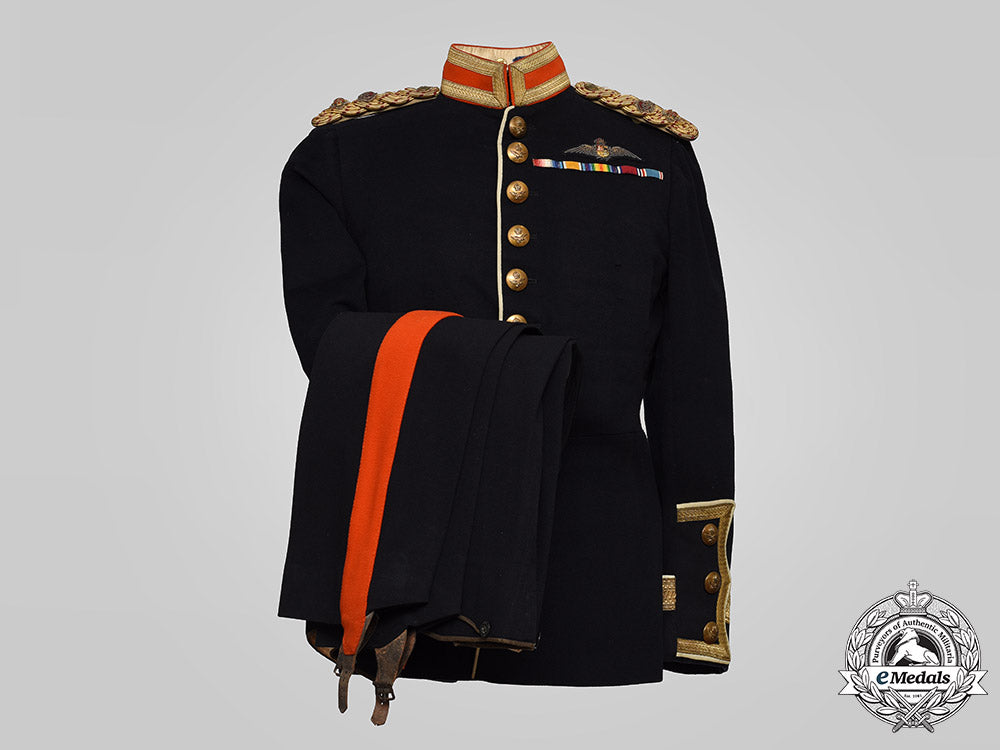
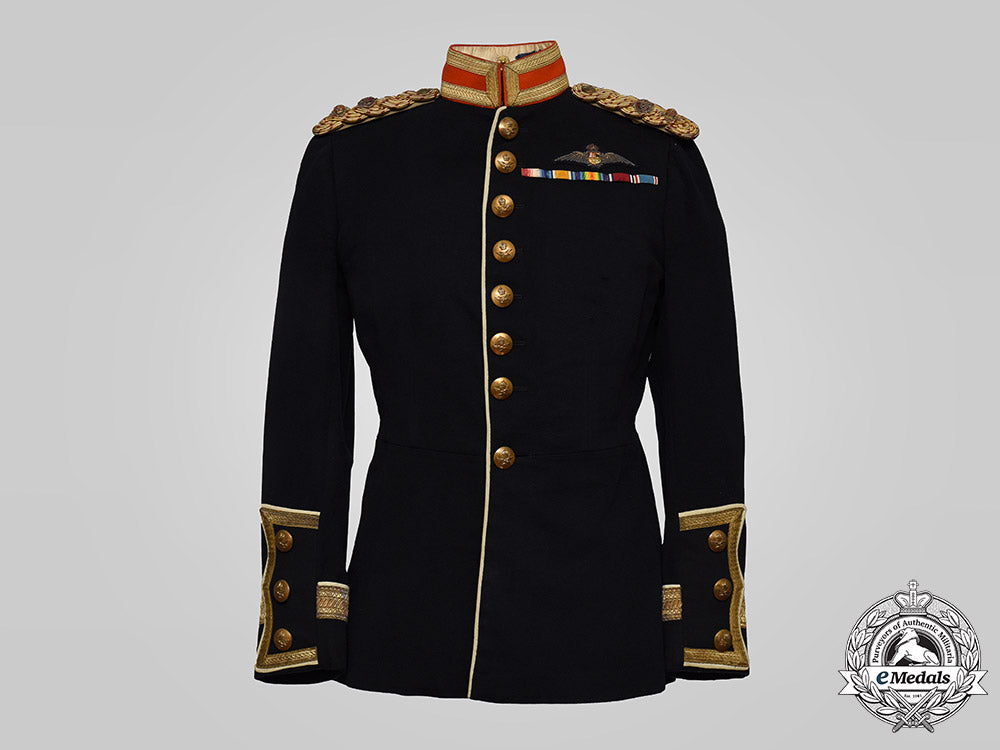
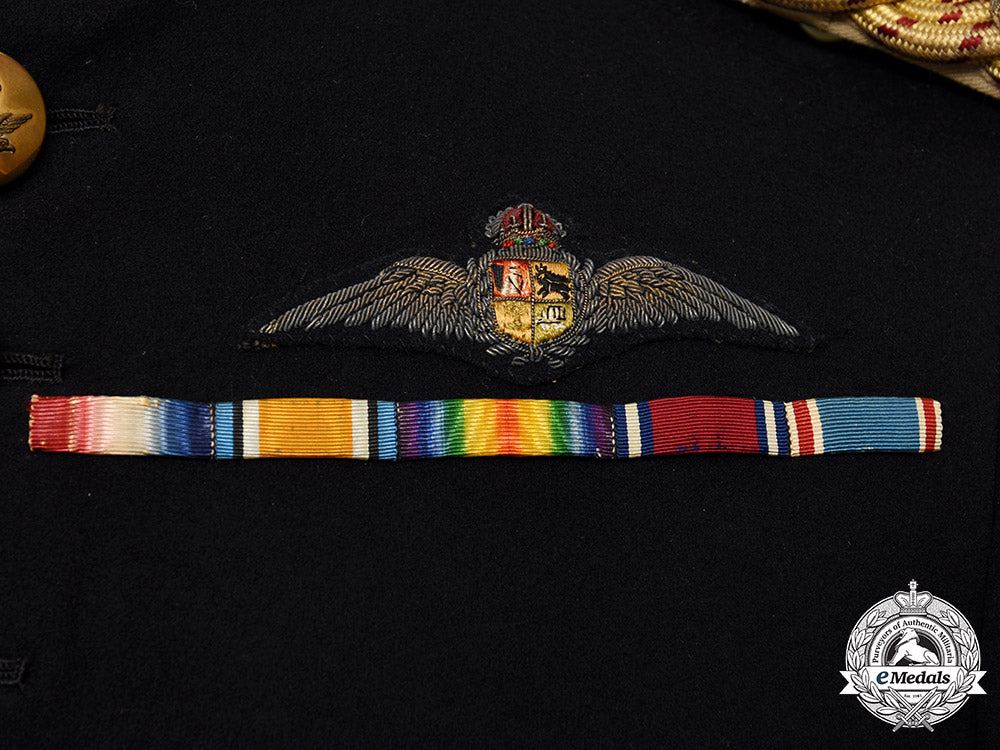
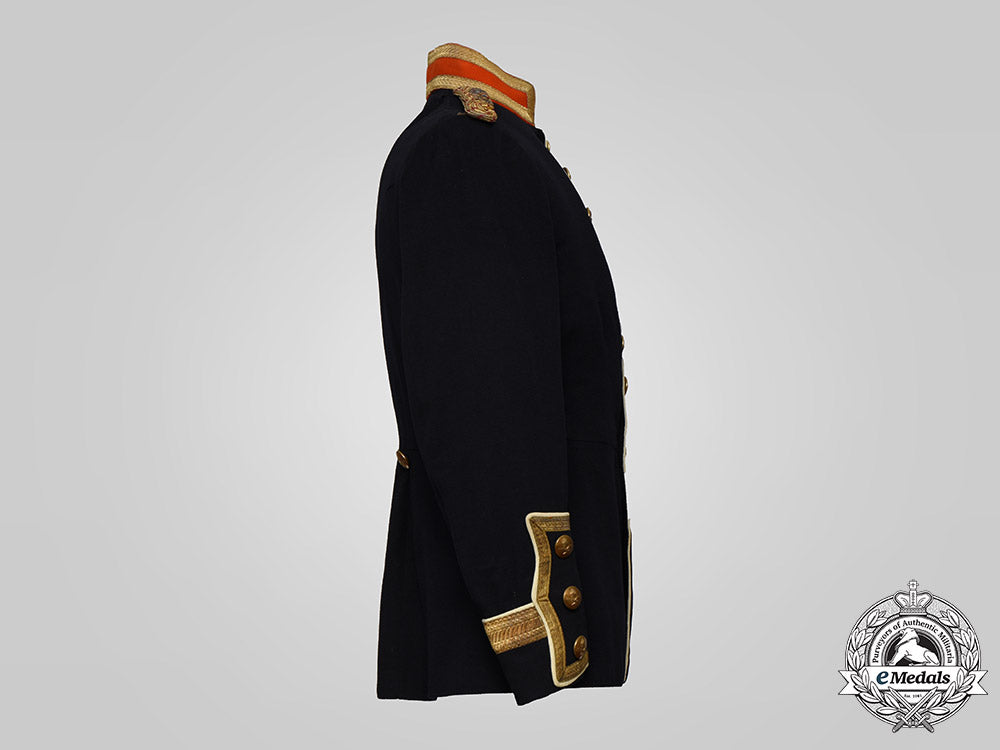
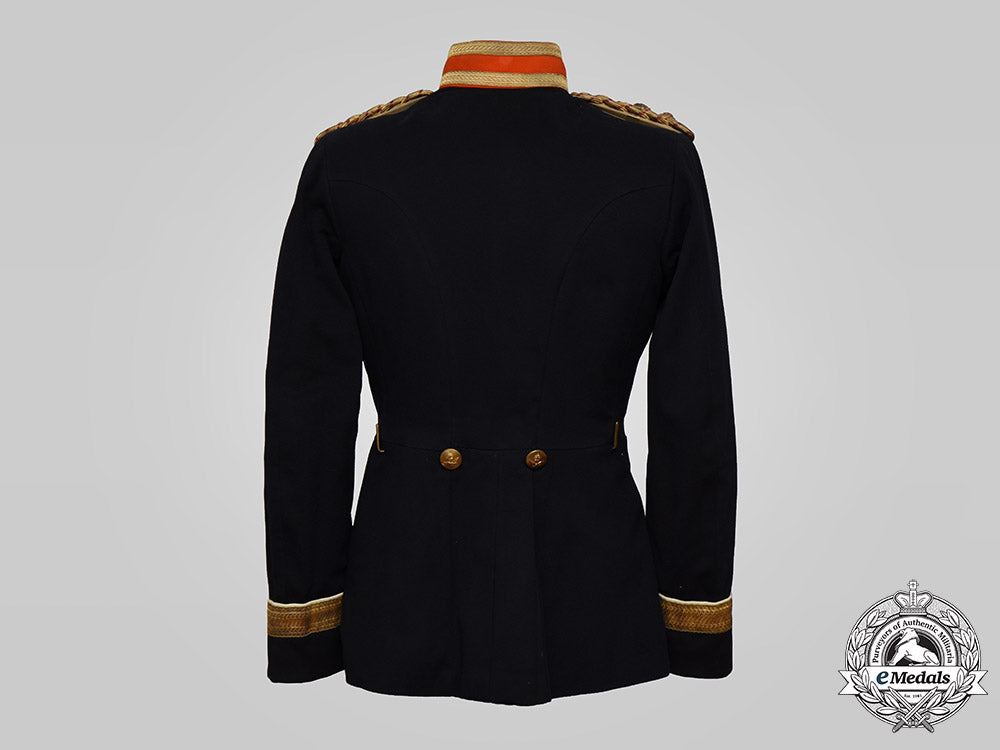
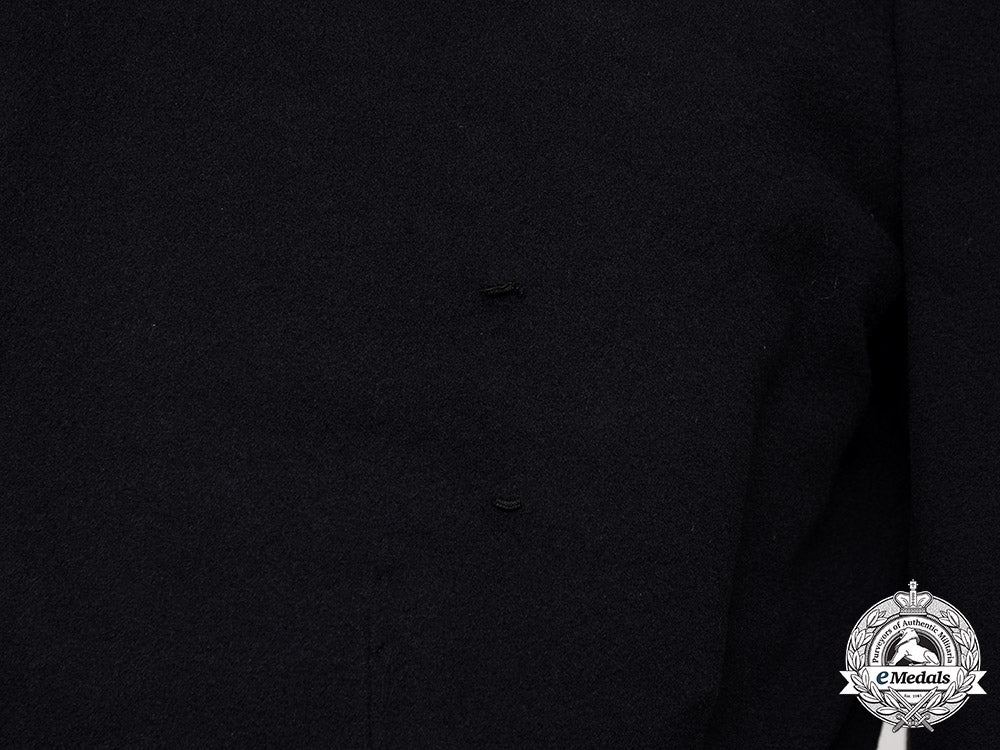
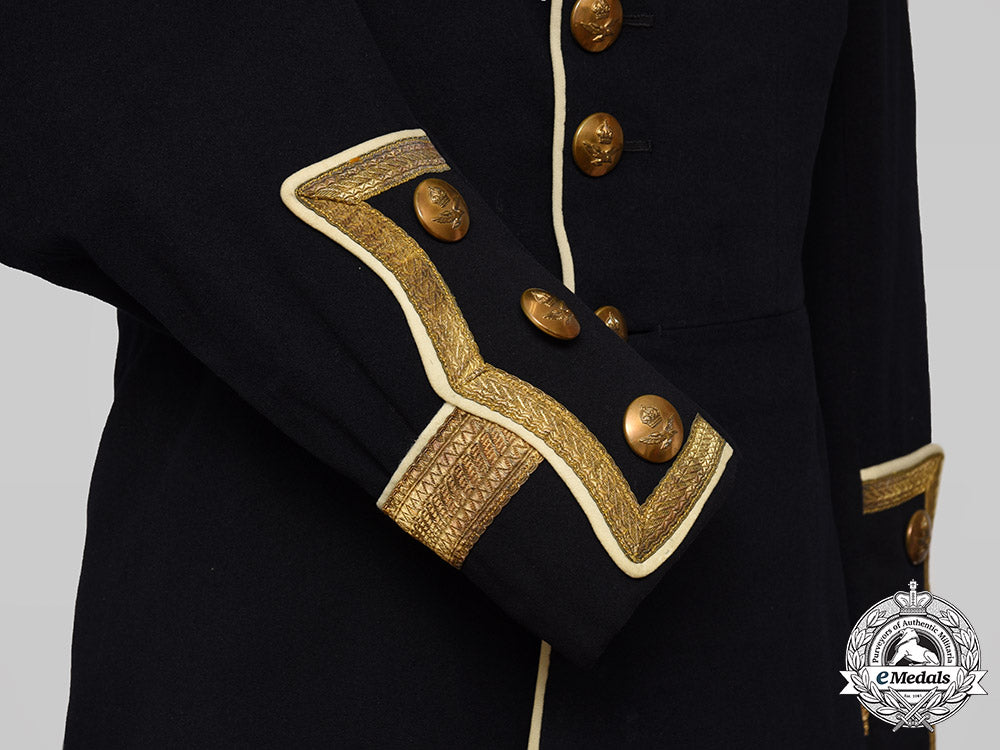
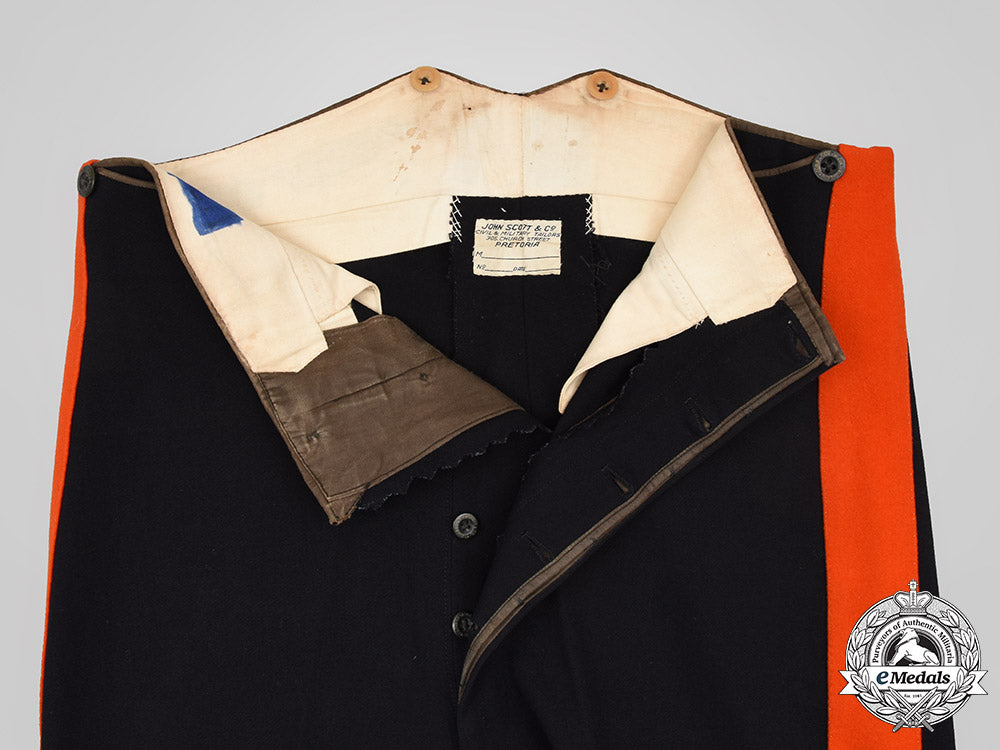
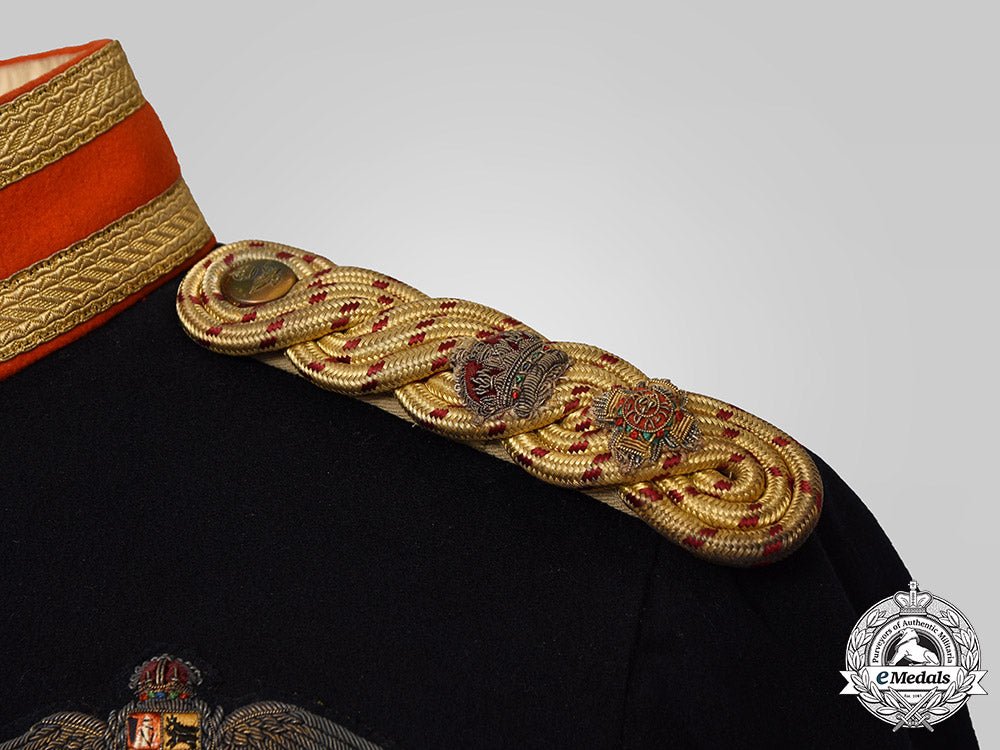
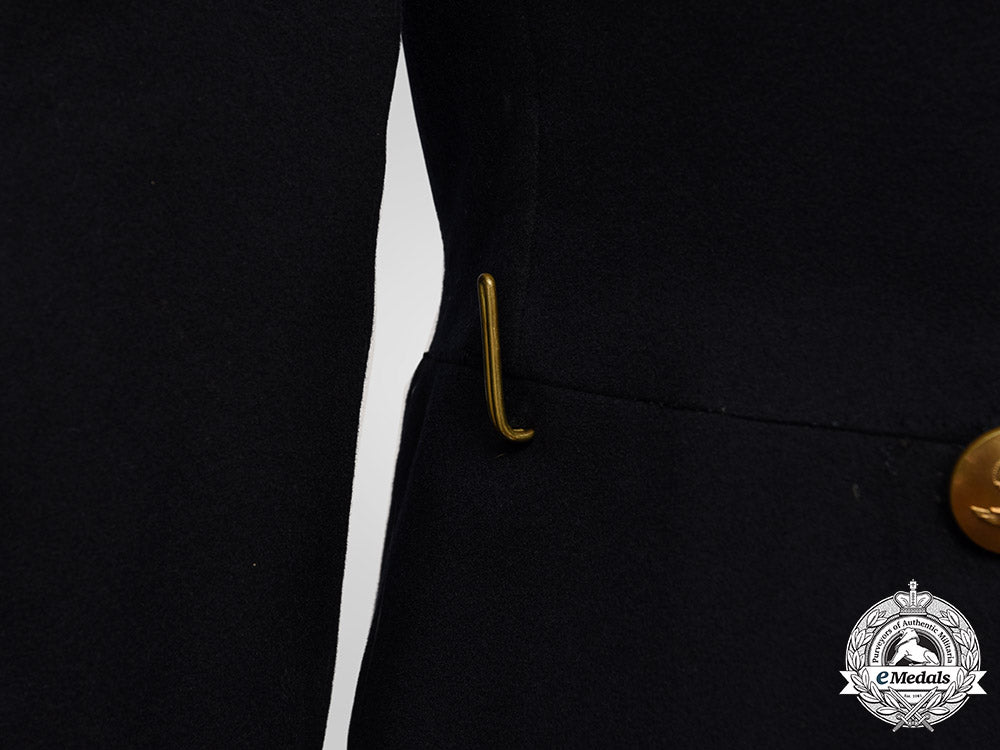
You May Also Like
Japan, Empire. A T90 Civil Defense Helmet, c.1943
W8287
Canada, Commonwealth; United Kingdom. A Mixed Lot of St. John Ambulance Association Medals and Uniform Insignia
M0231-134
Canada, Commonwealth. A Pair of St. John Ambulance Medals to Charles E. Jefkins, Hamilton, Ontario Superintendent
M0231-128
Canada, Commonwealth. A Lot of Awards, Documents, and Photographs to Peter Mori, St. John Ambulance Corps Superintendent for Hamilton, Ontario
M0231-122
Canada, CEF. A Large Oval Photo
C7175
-
Japan, Empire. A T90 Civil Defense Helmet, c.1943
W8287
Add to CartRegular price $275 USDRegular price $0 USD Sale price $275 USDUnit price / per -
Canada, Commonwealth; United Kingdom. A Mixed Lot of St. John Ambulance Association Medals and Uniform Insignia
M0231-134
Add to CartRegular price $135 USDRegular price $0 USD Sale price $135 USDUnit price / per -
Canada, Commonwealth. A Pair of St. John Ambulance Medals to Charles E. Jefkins, Hamilton, Ontario Superintendent
M0231-128
Add to CartRegular price $100 USDRegular price $0 USD Sale price $100 USDUnit price / per -
Canada, Commonwealth. A Lot of Awards, Documents, and Photographs to Peter Mori, St. John Ambulance Corps Superintendent for Hamilton, Ontario
M0231-122
Add to CartRegular price $225 USDRegular price $0 USD Sale price $225 USDUnit price / per -
Canada, CEF. A Large Oval Photo
C7175
Add to CartRegular price $120 USDRegular price $0 USD Sale price $120 USDUnit price / per
Do you have a similar item you are interested in selling?
Please complete the form and our client care representatives will contact you.
Sell Item
























